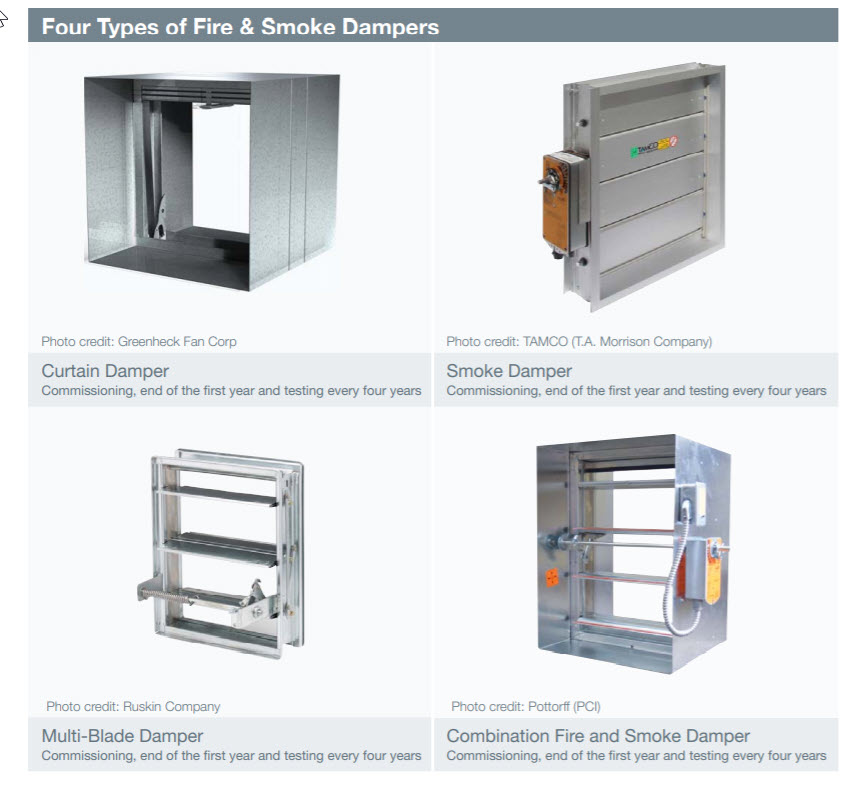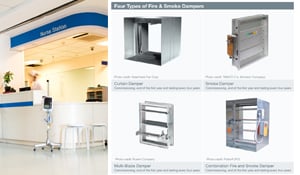10 Reasons Dampers Frequently Fail Routine Inspections
Fire and smoke dampers are essential to a facility's overall fire and life safety protection system. Unfortunately, dampers tend to fail during routine inspections frequently. It may not seem a big deal, especially with other fire protection features (fire doors, fire stopping). Fire and smoke can spread fast, and one of the quickest ways for a fire to travel throughout the entire building is through the ventilation system. Dampers are typically in the ductwork of a facility. They are "out of sight, out of mind" and therefore are more likely to be out of compliance. In fact, according to LSS statistics, on average, nearly 22% of dampers fail during a routine fire and smoke damper inspection. So, it is not uncommon to have a list of deficient dampers needing repairs after facility performance testing.

Fire Dampers
Fire dampers prevent fire from spreading within the ductwork through fire-resistance rated walls and floors. They work when the fire's heat causes the room's average temperature to rise to about 165 degrees Fahrenheit. That heat causes the fusible link, which is holding the damper open, to melt and allows the damper to be closed. There are two types of fire dampers, dynamic and static.
Smoke Dampers
Smoke dampers resist the passage of air and smoke within the ductwork. A smoke detector typically operates them in the duct. Once the smoke has been detected, the smoke detector sends a signal to the dampers actuator, which uses the jackshaft and linkage to open and close the blades of the smoke damper. Two types of actuators are used for smoke dampers, pneumatic and electrical. Pneumatic actuators need air, and electrical actuators need power to function correctly.
Routine inspections of dampers fail for these 10 reasons:
1. Screw in the track
2. Linkage out of alignment or broken
3. Bound in tracks (racking)
4. Damper rusted
5. Damper propped open
6. Defective electric actuator
7. No air to the actuator
8. Not enough air to the actuator
9. No power to the actuator
10. No power wired to the actuator
To help ensure that dampers are properly working, the National Fire Protection Association (NFPA) requires regular maintenance of dampers. As a facility manager or building owner, you understand the importance of maintaining your facility's dampers.
→ Click here to locate a replacement solution quickly.
However, no matter the reason, if a damper fails, it must be repaired as soon as possible. For a damper to do its job, it must be properly working. If the parts of a damper are inoperable, broken, missing, or rusted, then the damper itself will not function properly. An improperly functioning damper places the facility and everyone inside at risk.
Learn the codes and standards that govern damper actuators, common types of dampers, replacement processes, and additional information on retrofit replacements. This free online training takes approximately 30 minutes to complete. There is a pre-quiz, in the beginning to prepare you for the final quiz at the end. The quiz is to illustrate to you what you have attained during the training.
This blog is based on an article provided by LSS Life Safety Services®.”


